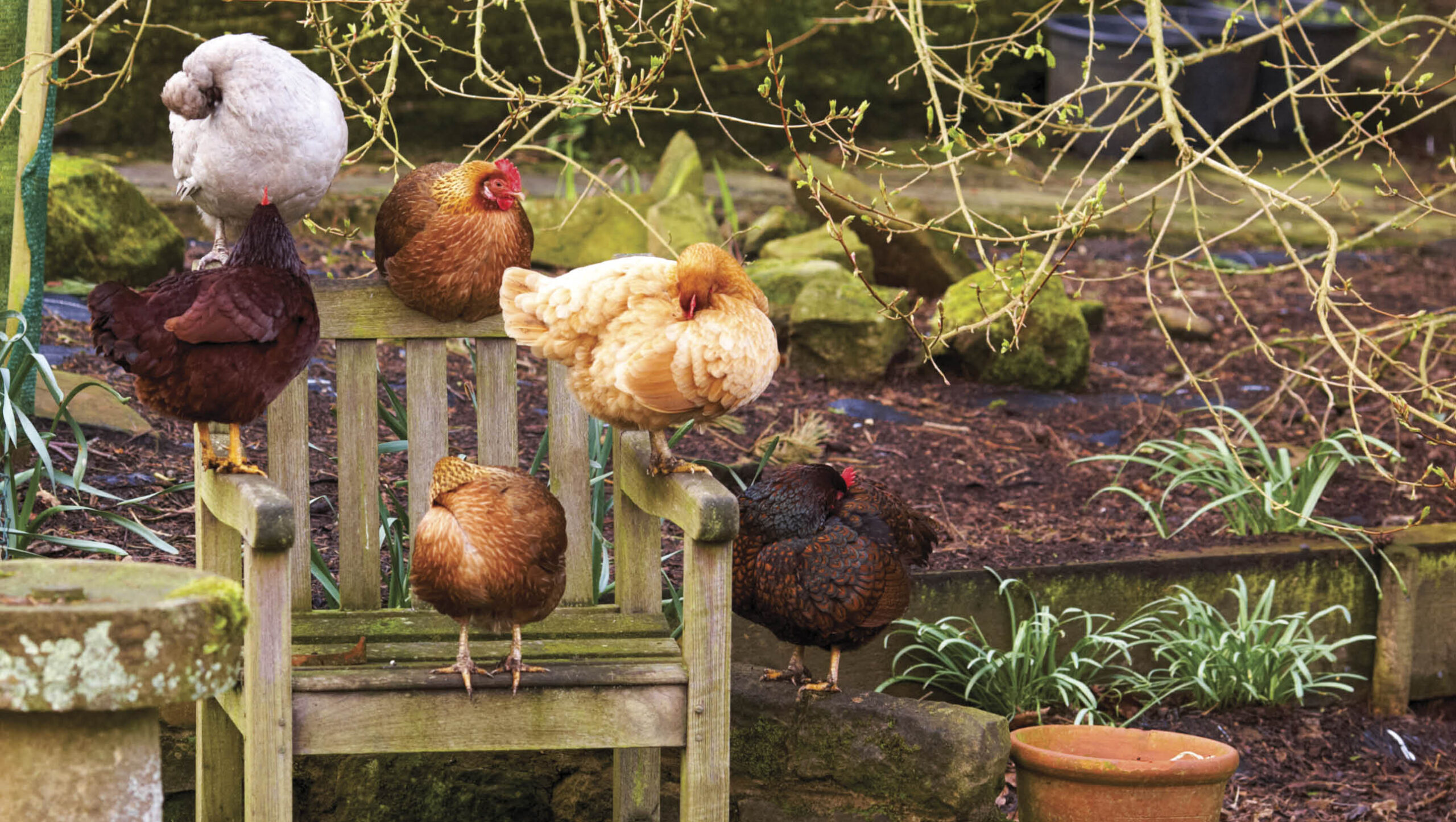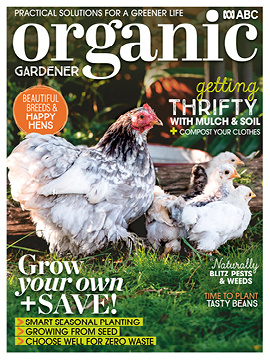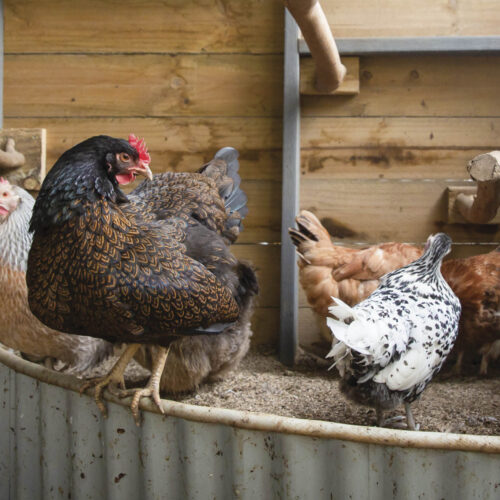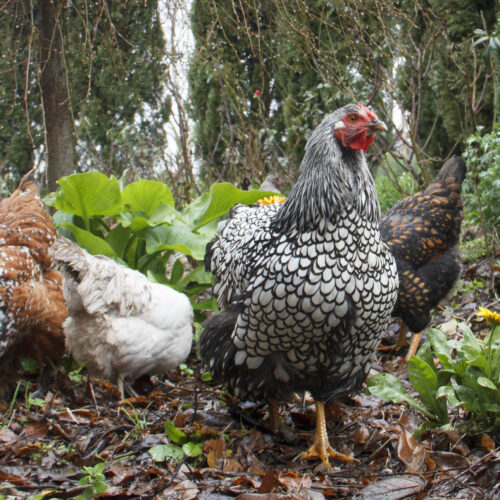Expert tips for contented chooks
2022-08-01T03:22:33+10:00
Who's the boss in your henhouse? Jessamy Miller explains how to stop your hens from being bullied.
Royal etiquette and the social ladder have nothing on the chicken flock, which is governed by a strict social hierarchy known as the pecking order. Each hen knows her place and submits to the chooks above, while dominating those below. The feisty or belligerent birds tend to rise, while shyer or gentler ones are relegated to the bottom, and get the least access to resources.
The top hen enforces her rule most obviously with admonitory pecks to the head, however, social positioning is also apparent in subtle behaviours; hens raise or lower their head to indicate their status.
Tips for contented chooks
It has been found that keeping a rooster will significantly reduce bullying in the flock. Of course, poultry keepers in town can’t keep males, so simply rely on management instead.
Spacious quarters with plenty of activities, such as pea straw to scratch, keeps hens contented. Hens become more punitive with each other when bored, overcrowded or where there is strong competition for resources.
Offer plenty of feed and water and position it to be accessible to all the hens. Keep an eye on the flock’s behaviour while they are eating. At times, I have had to feed my hens in small piles with one extra so that as the top hen chased the bottom hen away from each feed pile, there was always another for her to move to!
Provide one nestbox per three hens. Hens spend most of their time dispersed but come together to dust bath, so a generous bathing area will prevent undue competition.
When perching, height equals dominance, so expect narky squabbles at twilight. If the whole flock can roost at the same height, fewer issues will arise. Even so, the lower ranked birds will be relegated to the least safe positions at either end of the perch where they are on guard duty.
Chooks sleep with one eye open, resting the other, thereby allowing one half of the brain to nap. The lucky top birds get to enjoy a warm and uninterrupted night’s sleep in the middle.
Size matters
The pecking order is strongest in smaller flocks. Chooks can remember the face and social position of up to 100 birds, so in larger flocks, the order is less clear cut, which can lead to social tension and restricted access to resources. Rescue hens adopted from commercial farms may not understand the hierarchy within the backyard flock and take time to settle in and learn their place.
Keeping backyard flocks to around 20 or fewer suits chooks best.
Newcomers
Hens do not like strangers, and new birds must start at the bottom or fight for a higher position. Generally, this is expressed as dustups for a few days until everyone finds their place. However, it can get vicious.
Introduce two or more at once, never a vulnerable single bird. Best results come from a holding pen approach, where hens are housed separately, but beside each other for a few weeks of familiarisation. Then sneak the newer hens onto the perch at night, not during the day, so they wake up as part of the flock. It’s helpful to provide a distraction in the morning, like a pile of kitchen scraps or bale of hay. If fights look to be escalating, remove the new hens for another week in the holding pen.
Jessamy Miller’s feature about the pecking order in your henhouse appeared in full our Early Spring 2022 issue (OG 135). There’s a selection of back issues available here — you can also subscribe and get the most recent issues delivered to your door!







